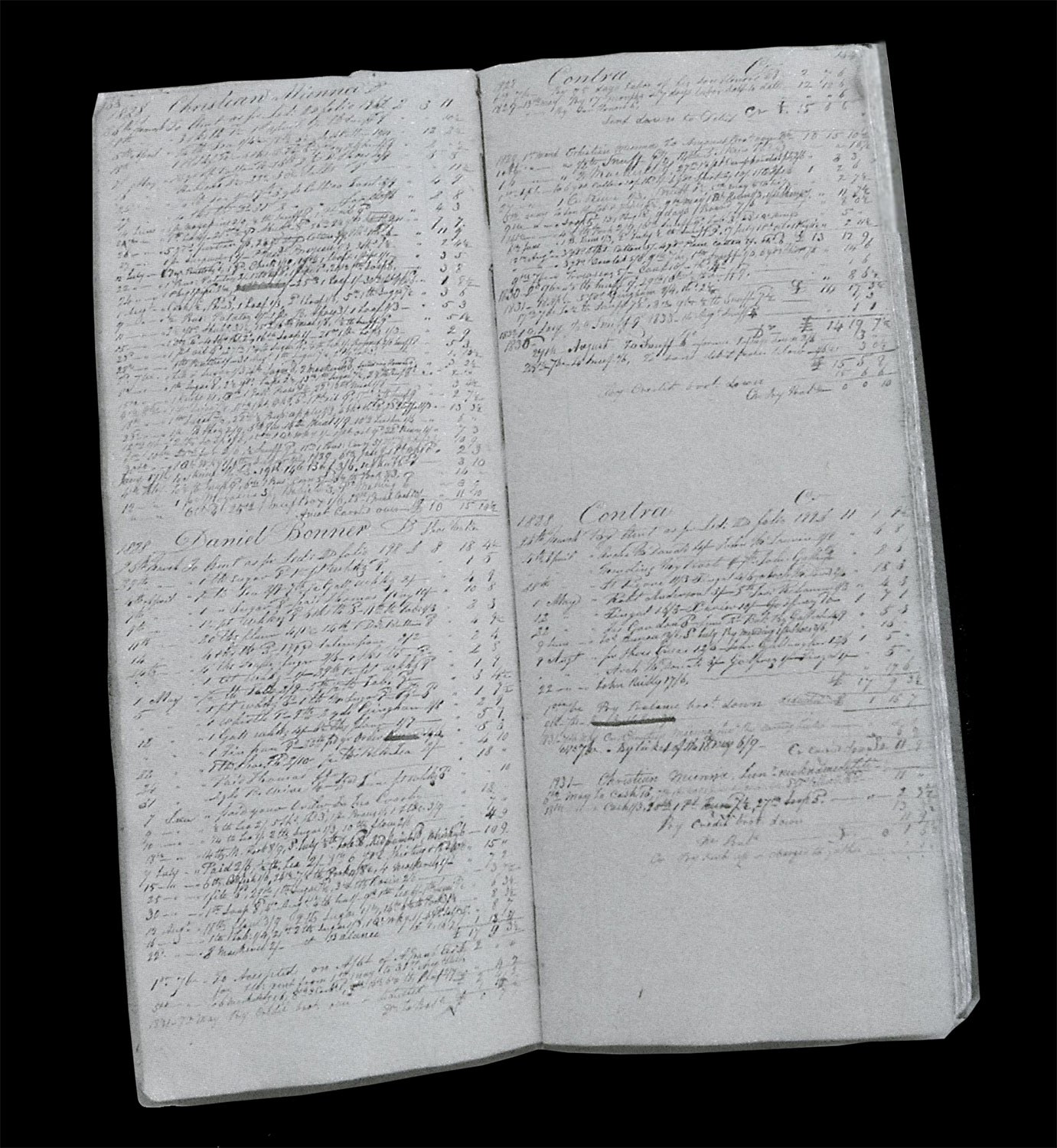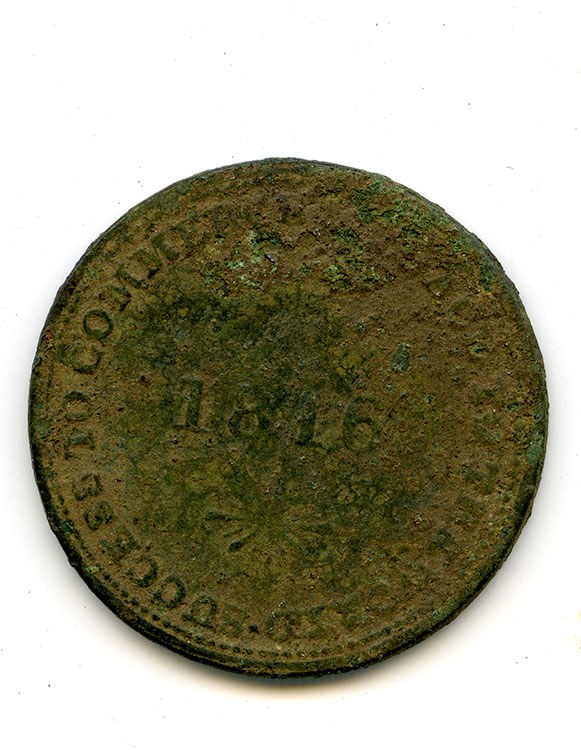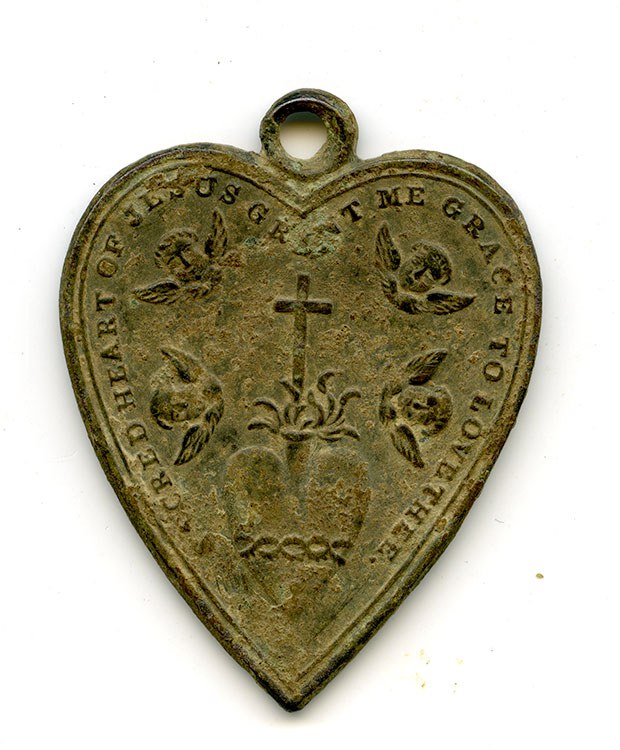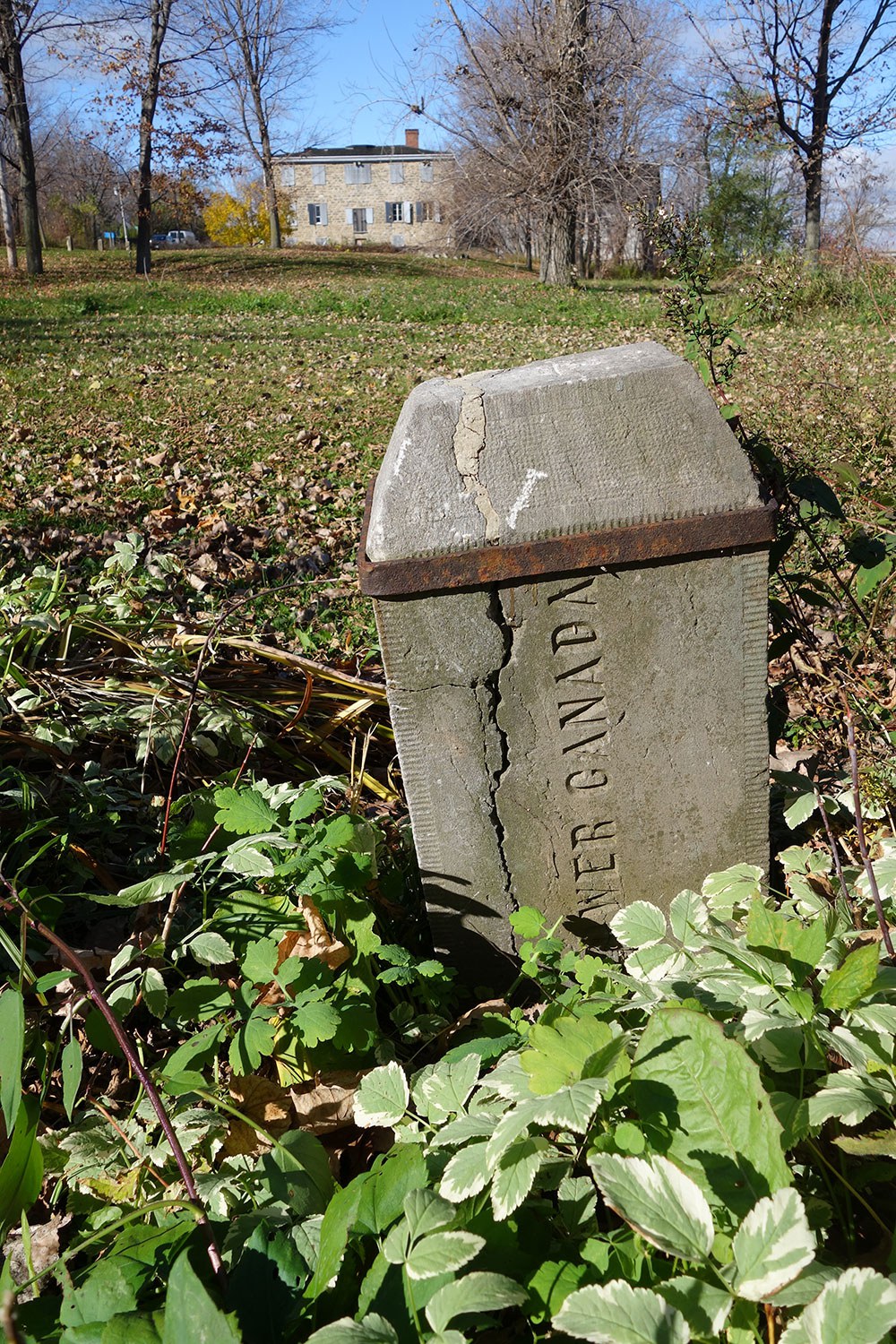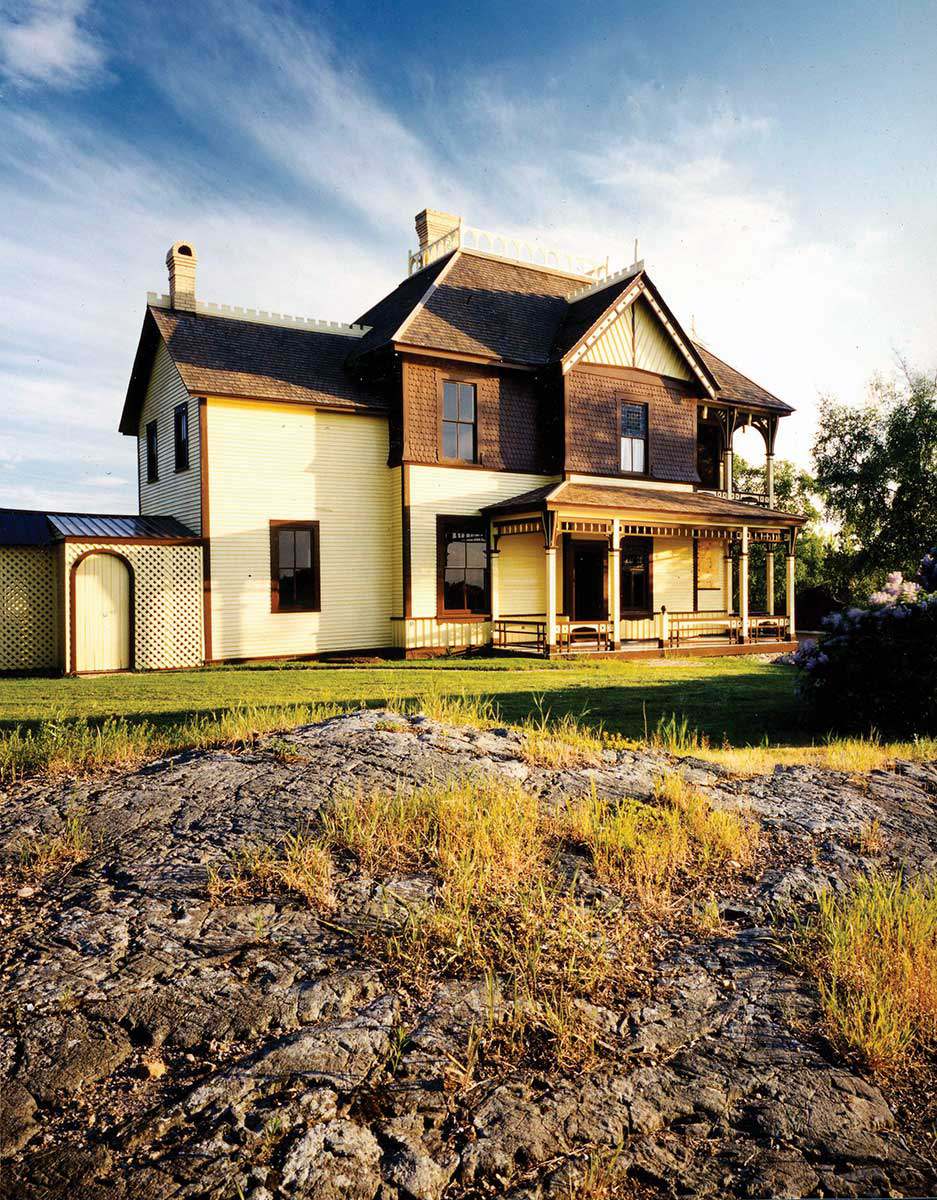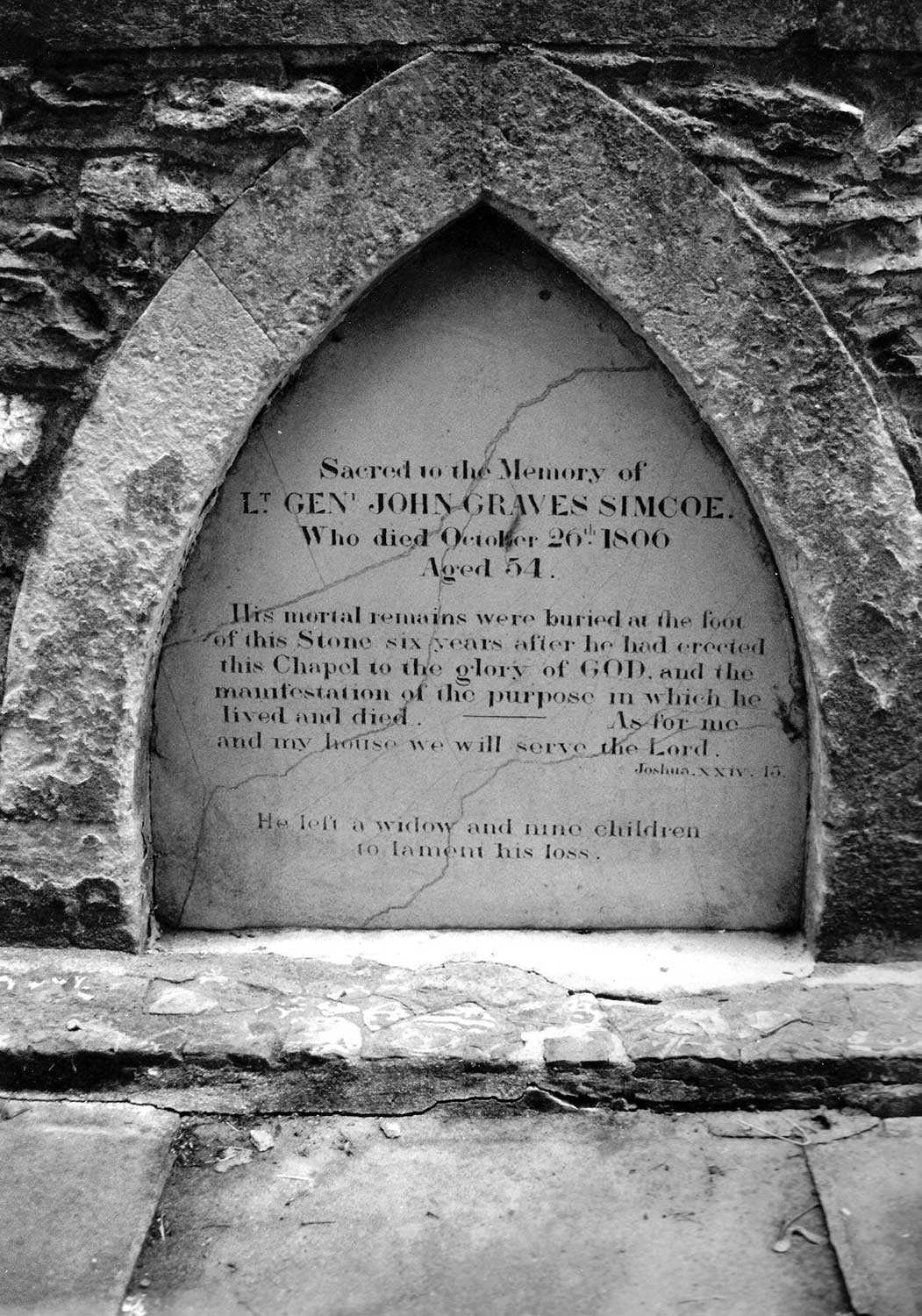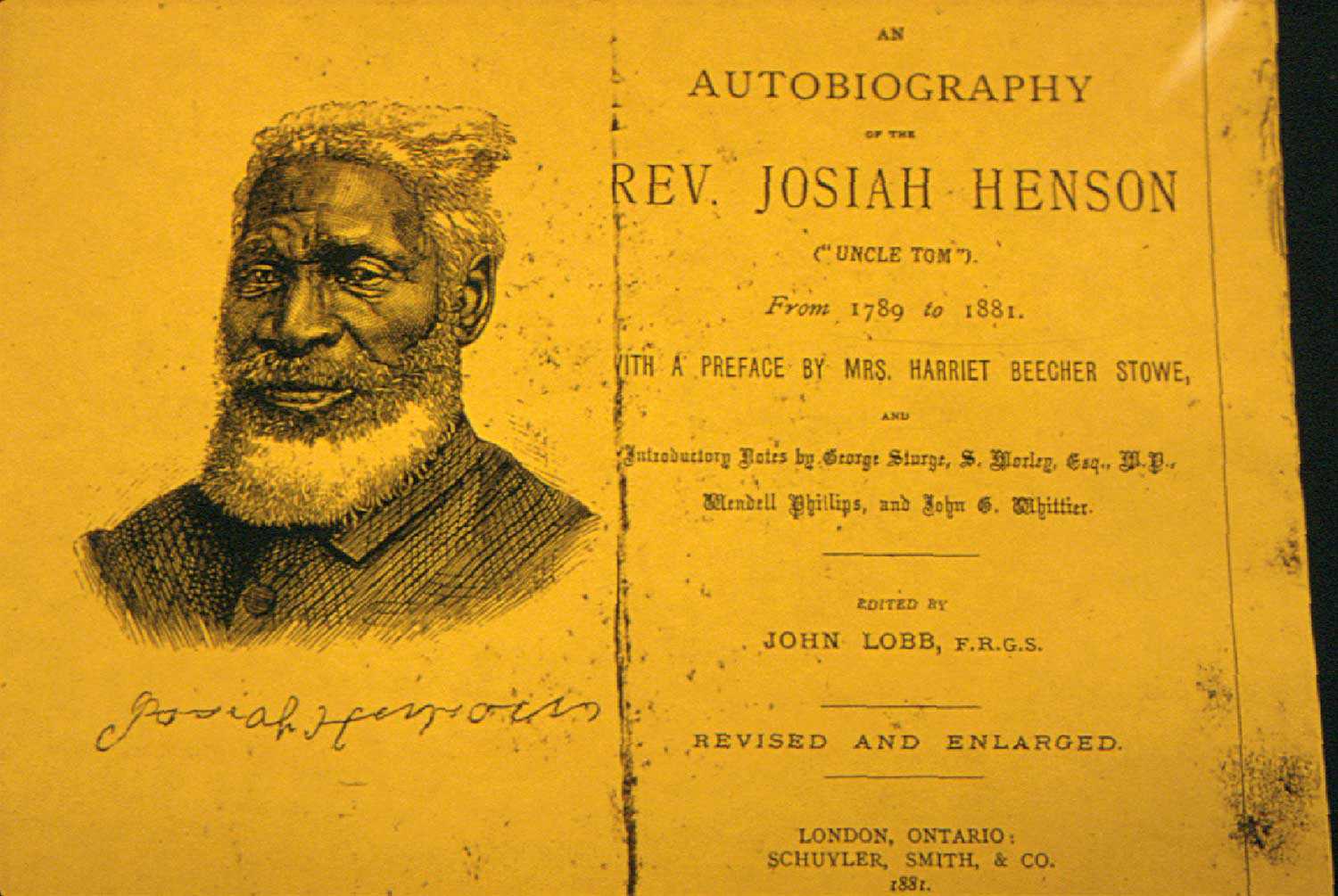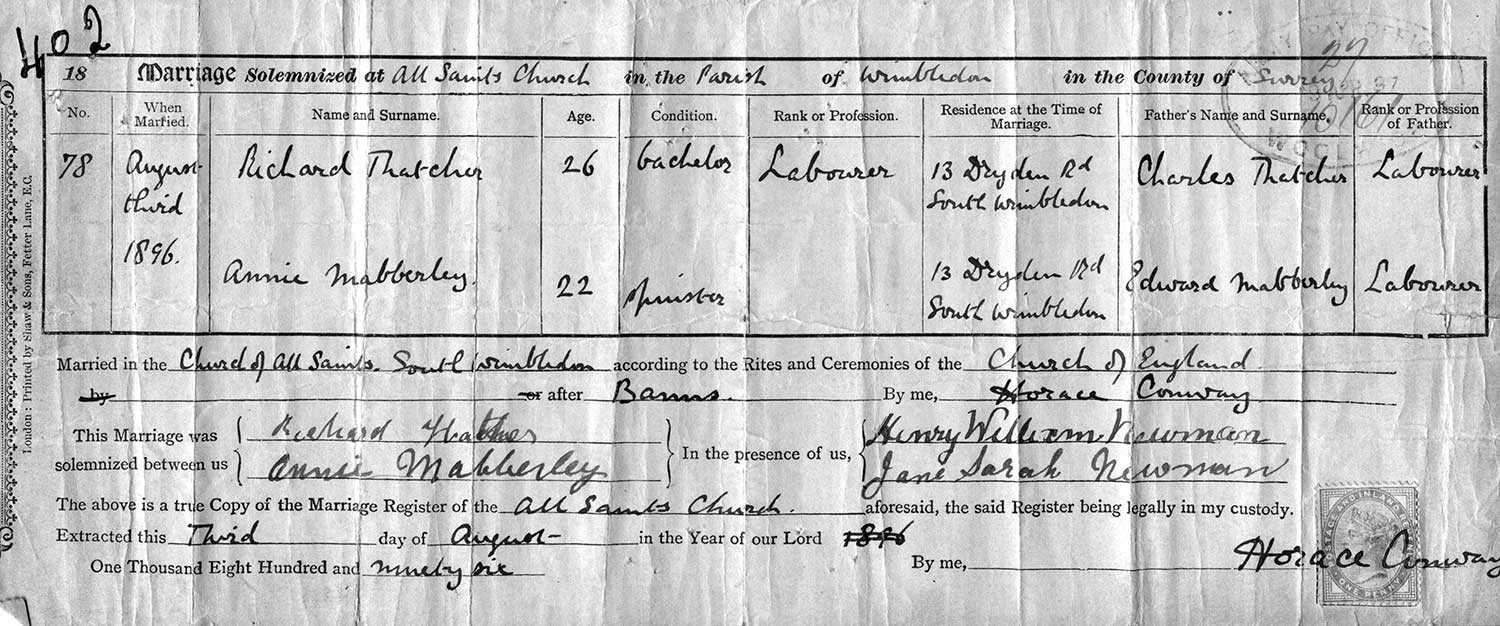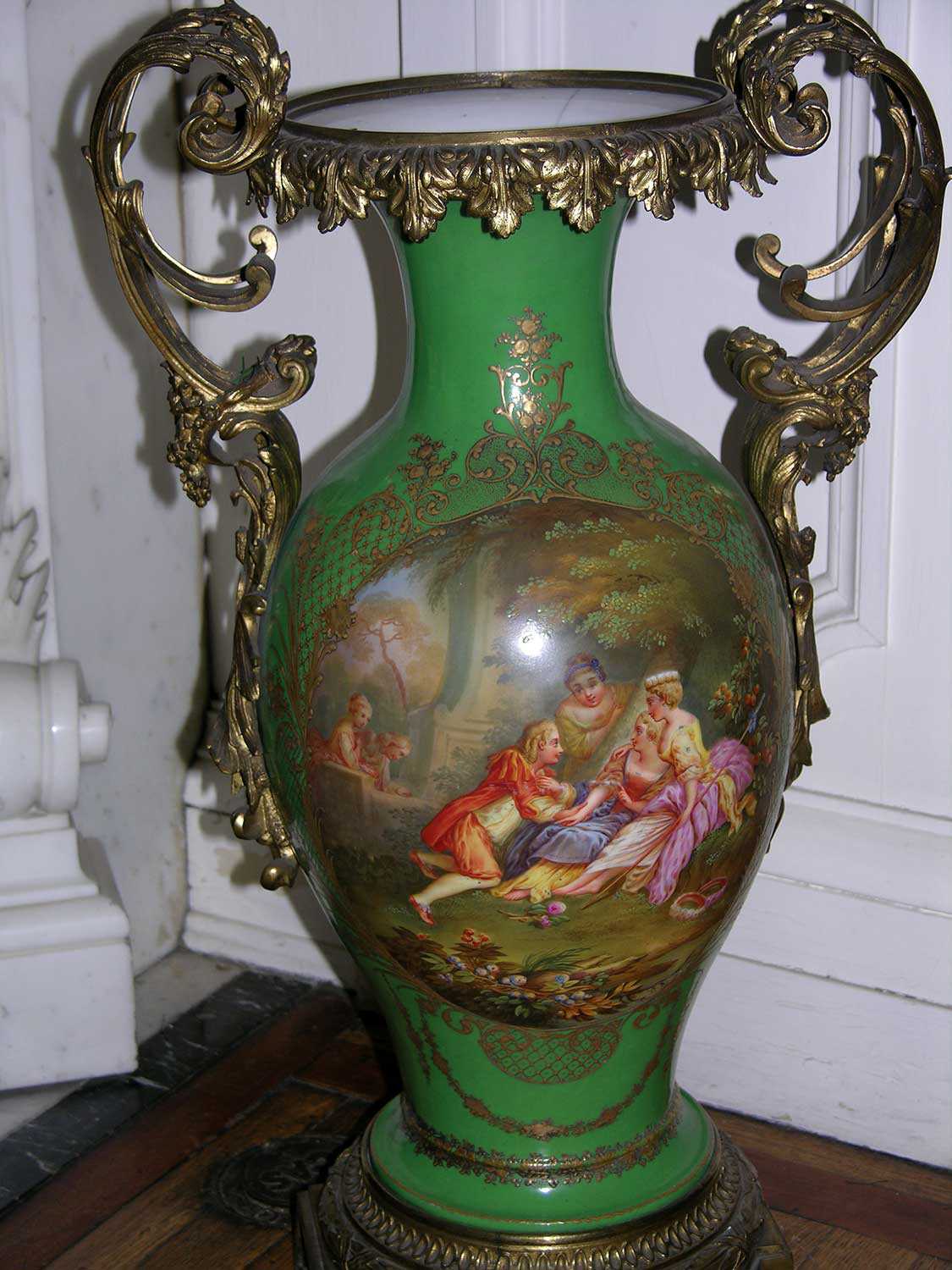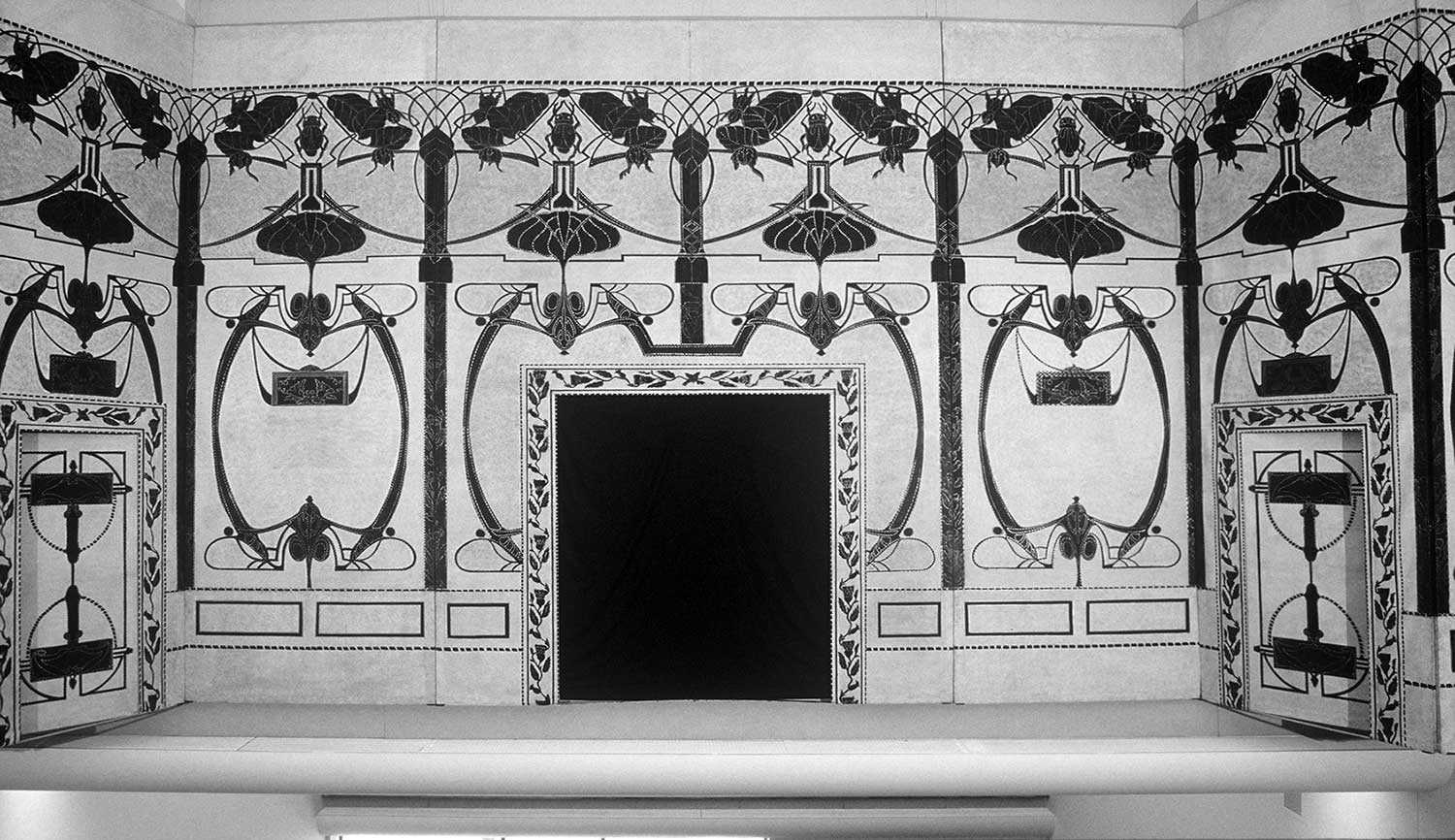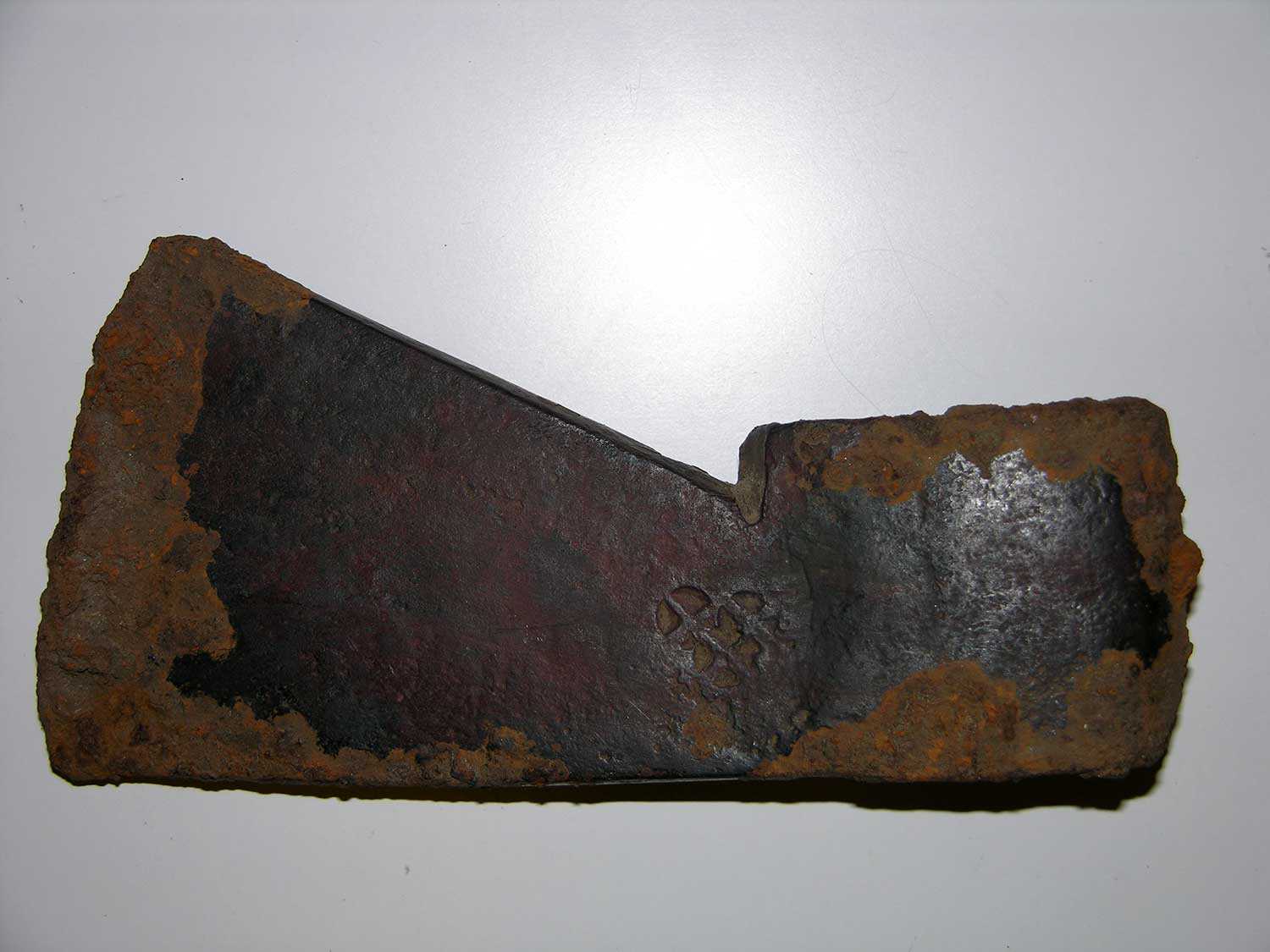

Browse by category
- Adaptive reuse
- Archaeology
- Arts and creativity
- Black heritage
- Buildings and architecture
- Communication
- Community
- Cultural landscapes
- Cultural objects
- Design
- Economics of heritage
- Environment
- Expanding the narrative
- Food
- Francophone heritage
- Indigenous heritage
- Intangible heritage
- Medical heritage
- Military heritage
- MyOntario
- Natural heritage
- Sport heritage
- Tools for conservation
- Women's heritage
Understanding Macdonell-Williamson House through four artifacts
Buildings and architecture, Cultural objects
Published Date: Dec 05, 2014
Photo: Aerial photograph of Macdonell-Williamson House with the Carillon Dam in the background (Photo: Carl Bigras)
It is tempting, while admiring Macdonell-Williamson House’s centuries-old stone walls, Palladian grandeur and picturesque setting, to conjure up an era defined by continuity – when long-standing traditions were strong, when travel and communications were slow, and when people’s lives and livelihoods were firmly anchored to the land on which they lived. Pastoral, quaint, cyclical and fundamentally local. In other words, an era very unlike our own. But a closer look at four objects from the site tells a different story.
The house (then called Poplar Villa) was constructed in 1817 in the wake of a devastating war. Its owner, John Macdonell, was a retired fur trader and soldier who had experienced his share of travel, upheaval and adventure. Although his Highland Scots Catholic roots ran strong, Macdonell spent much of his youth in the Mohawk Valley, New York, before his Loyalist family (they had been Jacobites in Scotland) fled to the Canadas after the American Revolution. Macdonell’s wife, Magdeleine Poitras, who he met while living in the Qu’Appelle valley (in present-day Saskatchewan), was Métis and their grand new house on the banks of the Ottawa River was located in a predominantly French-speaking community that straddled the border with Lower Canada. The general store and freight forwarding business that Macdonell operated on his property attracted visitors and customers from distant regions, making the site more public in nature and contributing to a rich confluence of cultural influences.
Despite its proximity to the Ottawa River – the super transportation route of its day – this was a frontier household in a frontier community. Traditional social structures, relationships and practices were often undermined, or at least complicated, by the pressures of frontier life. Attempts by the Macdonell family to establish order, traditions and decorum were sometimes remarkably successful, given the context. Other times, they proved idealistic and ineffective.
An examination of several representative artifacts from the household and property provide insight into the Macdonells’ efforts to establish order in an environment characterized by movement, flux and fluidity.
In addition to his freight forwarding business, Macdonell operated a general store at Poplar Villa that offered a variety of goods to the local community and to those travelling along the Ottawa River. More than 100 years later, in the mid-20th century, the house’s occupants opened a drawer and found an original ledger documenting hundreds of transactions at the store during the 1820s and 1830s.
This 275-page ledger offers fascinating insights into Macdonell’s business and clientele. Information recorded about account holders often includes their occupations (e.g., boatmen, hatters, voyageurs and vinters), as well as anecdotal information about their health (for instance, Bernard Courville died of cholera), their whereabouts (Darby Byrne married Jock Judah’s daughter and ran away) and physical characteristics (Isaac Thompson, “Big nose”). It also indicates that barter was common, as accounts were often paid in goods and services instead of cash. Many accounts appear not to have been paid at all, which could help explain Macdonell’s own financial difficulties in the later part of his life. Willingness to extend credit would have been a sign of wealth – but the practice may, ironically, have helped drive status-conscious Macdonell into financial distress.
This half-penny token, unearthed at Macdonell-Willliamson House, reminds us that the impact of the War of 1812 was still being felt across Upper Canada as Macdonell was establishing his home and business at Poplar Villa. The copper coin was issued in 1816 to commemorate the death of General Isaac Brock, who was killed leading the defence of Upper Canada in 1812. The inscription, “SR ISAAC BROCK THE HERO OF UPR CANADA” encircles an image of two cherubs crowning an urn with laurel wreaths. The reverse reads “1816: SUCCESS TO COMMERCE & PEACE TO THE WORLD.” Commercial success and peace were exactly what Macdonell sought as he retired to his Ottawa River estate.
War and conflict had plagued the Macdonell family for generations, driving them from their homes and disrupting their livelihoods. John Macdonell had himself participated in the War of 1812 as a commissioned captain in the Corps of Canadian Voyageurs, and was likely taken prisoner at the Battle of St. Regis. His efforts to obtain compensation for losses suffered during the war dragged on into the 1840s and were ultimately unsuccessful.
This sacred heart pendant, uncovered during archaeological excavations at Macdonell-Williamson House, most likely dates from the time of John Beverly Polifax. The sacred heart is a predominantly Roman Catholic devotion in which the physical heart of Jesus Christ is venerated as a symbol of Christ’s love for humanity. Visual representations of the sacred heart are central to the devotion and often appear on badges and pendants. The sacred heart symbolism on this pendant, as in most representations, includes a heart in flames encircled with thorns and topped with a cross (signifying Christ’s burning love and His suffering). On the reverse is a crucifix.
The devotion is closely linked to the notion of family and family love. The Macdonell family was renowned for their devotion to Roman Catholicism. Although Upper Canada was dominated culturally and politically by Protestants, the Macdonells were able to achieve status and influence in a region populated mostly by French-Canadian Catholics. While employed by the North West Company, Macdonell was known for his piety and his insistence that employees in his charge observe the feasts of the Catholic church. This earned him the nickname of “le prêtre” or “the priest.”
In the early 1820s, David Thompson, one of the most prolific surveyors and map-makers ever to work in North America, was hired to survey the border between Upper and Lower Canada, which ran south from Pointe Fortune on the Ottawa River to the St. Lawrence River, east of Cornwall.
Thompson, like Macdonell, had worked for the North West Company and had retired to Upper Canada following the War of 1812. The two men, who certainly would have known one another, both suffered severe financial losses when the remains of the North West Company declared bankruptcy in 1825, following amalgamation with the Hudson’s Bay Company. Stone markers, such as this one found near the Macdonell-Williamson property, were laid along the border in 1860. Upper Canada is inscribed on one side and Lower Canada on the other. It is a reminder of the proximity of Macdonell-Williamson House not only to the Quebec border, but also to French-Canadian cultural influences. Thompson’s meticulous survey and the presence of these stone markers contain a certain irony, given the site’s social and cultural ambiguities.


